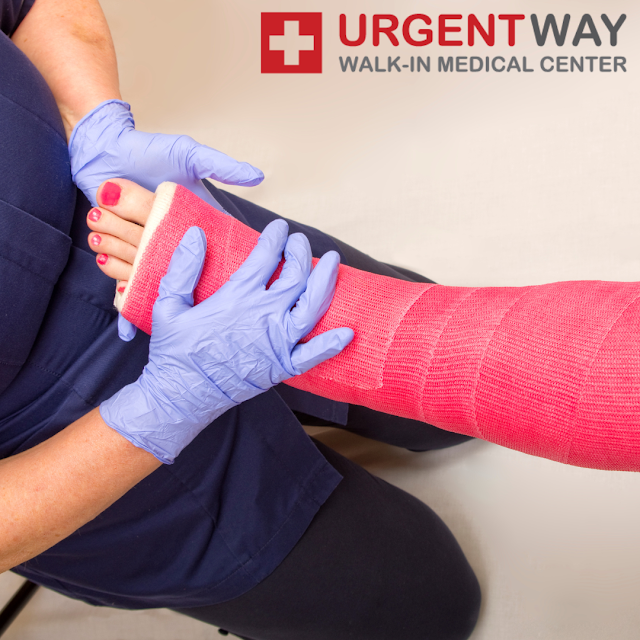How to Treat Sprains in Children
Treating sprains in children requires care and attention to ensure proper healing and minimize discomfort.
Here are steps you can follow to treat sprains in children:
- Assess the Injury: Start by assessing the severity of the sprain. Mild sprains typically involve minimal pain and swelling, while severe sprains may cause significant pain, swelling, and difficulty moving the affected area.
- Rest: Encourage your child to rest the injured limb. Rest is crucial for the initial healing process. Avoid any activities that may put additional strain on the sprained area.
- Ice: Apply an ice pack wrapped in a thin cloth or towel to the injured area for 15-20 minutes every 2-3 hours during the first 48 hours. This helps reduce swelling and provides pain relief. Make sure not to apply ice directly to the skin, as it can cause frostbite.
- Compression: Wrapping the injured area with an elastic bandage (such as an Ace bandage) can help reduce swelling. Ensure that the wrap is snug but not too tight to avoid interfering with blood circulation.
- Elevation: Elevate the injured limb above heart level when possible. This helps minimize swelling by allowing excess fluid to drain away from the area. Use pillows or cushions to support the limb while elevating it.
- Pain Management: Over-the-counter pain relievers, such as ibuprofen or acetaminophen, can help alleviate pain and reduce inflammation. Always follow the recommended dosage for your child's age and weight, and consult a pediatrician if you have concerns about medication.
- Medical Evaluation: If the sprain is severe, involves a joint, or if your child is unable to bear weight on the injured limb, it's essential to seek medical attention. A doctor may order X-rays to rule out fractures or other more severe injuries.
- Immobilization: In some cases, a doctor may recommend using a splint, brace, or crutches to immobilize the injured limb, especially if it's a severe sprain.
- Physical Therapy: After the initial healing phase, physical therapy may be recommended to help restore strength, flexibility, and range of motion in the injured area.
- Follow-up: Ensure your child follows the doctor's instructions for treatment and recovery. This may include scheduled follow-up appointments to monitor progress and adjust the treatment plan as needed.
- Prevention: Teach your child proper techniques for physical activities and sports to reduce the risk of future sprains. Ensure they use appropriate protective gear when necessary.
- RICE Method: Remember the acronym RICE for sprain treatment: Rest, Ice, Compression, Elevation. This mnemonic can help you recall the essential steps in treating a sprain.
Consult your pediatrician for guidance, especially if you are unsure of the severity of the sprain or the appropriate course of action. They can provide advice specific to your child's condition and age.




Comments
Post a Comment